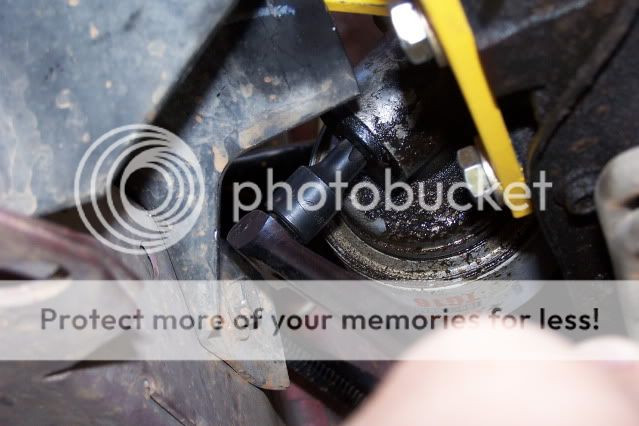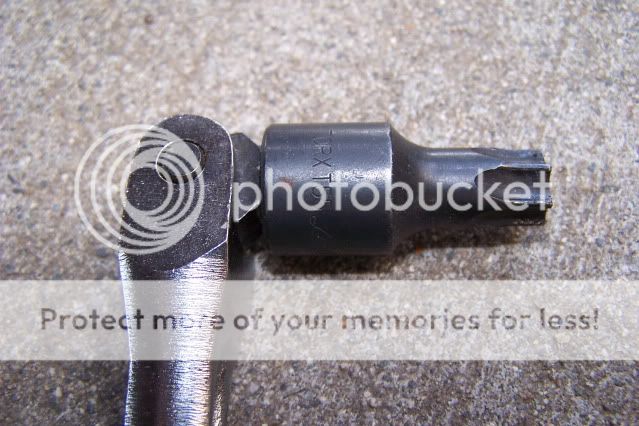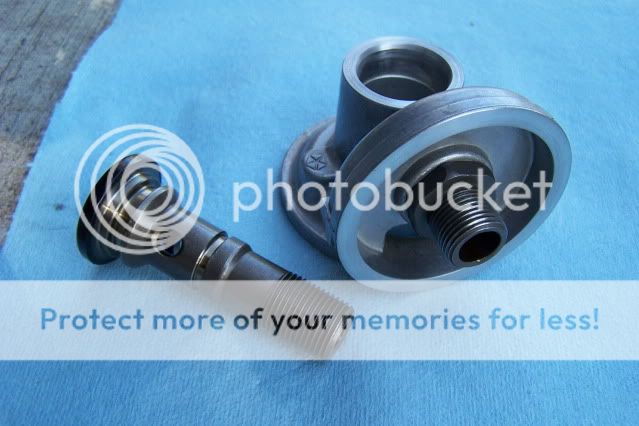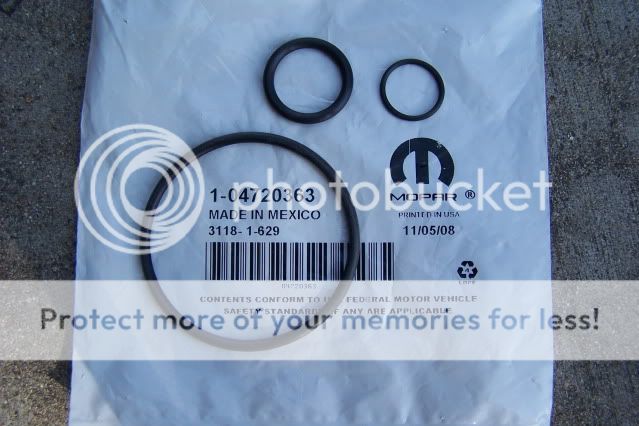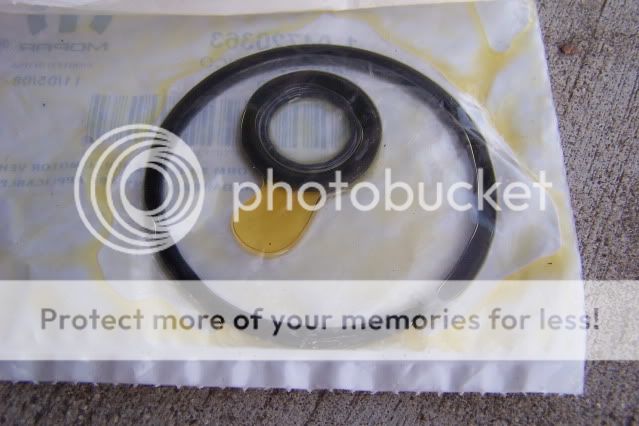fyrfytr1717
NAXJA Forum User
- Location
- Turlock, CA
Ok so I just removed my oil filter adapter (which came off super easy BTW) and after cleaning up the mating surface on the engine block, I found something that kind of concerned me. A quick search and reading through a few threads didn't reveal any pics of the area for me so I'm asking, is this normal?
Looking from the bottom:

Looking from the top:
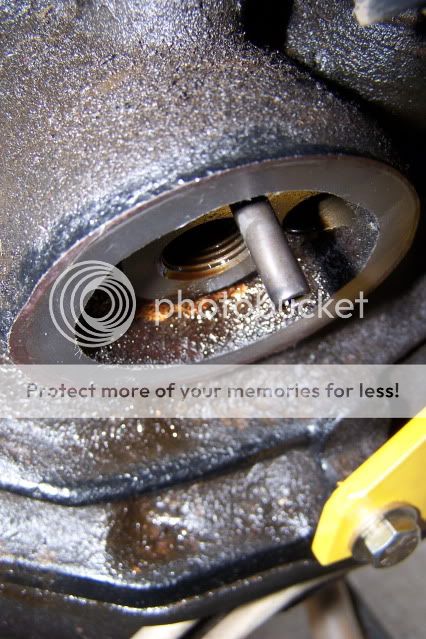
At first I thought it was sludge, but I tried picking at it with a small screwdriver and it was pretty darn solid. Is this just the way this part of the engine block is cast/machined?
Looking from the bottom:

Looking from the top:

At first I thought it was sludge, but I tried picking at it with a small screwdriver and it was pretty darn solid. Is this just the way this part of the engine block is cast/machined?

